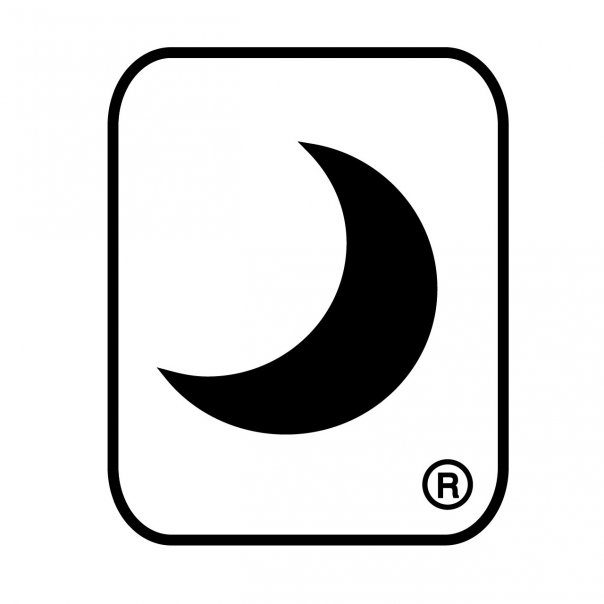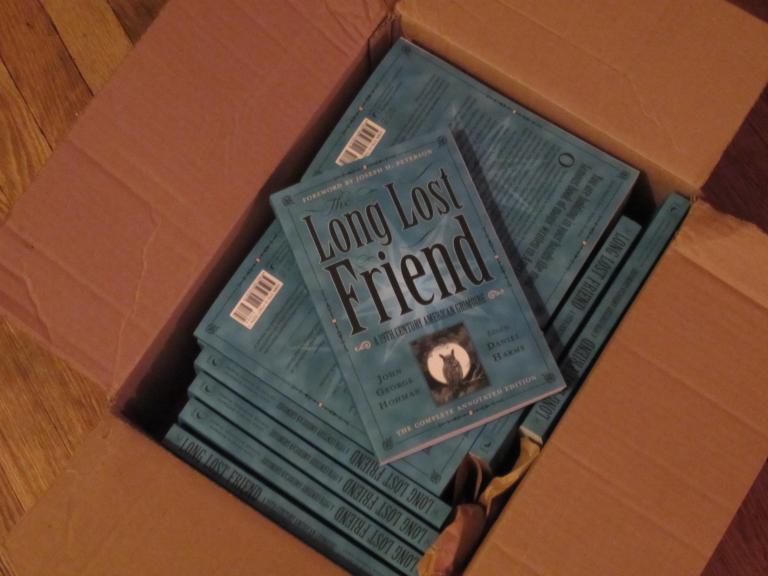
I came across something yesterday that went after Pagan Publishing for only putting “101” type books into the marketplace. As such commentaries do, the writer ended up taking a swipe at one particular publisher: “Publishers like Llewellyn have a place, they are there for the beginners and complete newbies . . ” Criticism of Llewellyn is nothing new in the Pagan Community. Being the largest “Metaphysical/New Age” publisher in the United States they are always going to be under a certain level of scrutiny.
I’m not always a huge fan of the things published by Llewellyn. They do publish a lot of 101 type books, and seem to think that books on “The God” are toxic, but they are also a business. I assume they publish a lot of 101 and strictly Goddess stuff because it sells. Despite what some think, Llewellyn is not a public service, they are an active, money-seeking enterprise that employs a lot of hard working people*. A part of me hopes that Llewellyn continues to churn out books that I would never buy so those folks stay employed.
I was talking with a friend about Llewellyn and the state of Pagan Publishing last night and she asked me “how many 101 books do we need out there?” There’s a part of me that wants to answer “five or so and these are the ones” but the real answer is “as many as the market-place can handle.” I’m not Ayn Rand or anything, but publishers are in business to make money, if they (and their writers) can profit from ten more 101 books so be it**. On a less capitalistic note, different authors are going to speak to different people. A book that was popular fifteen years ago may not appeal to the next generation of readers. 101 type books go in and out of print quickly too, so there probably aren’t as many out there as most of us assume.
Yes, Llewellyn prints a lot of beginner things, but they also print a lot of really great stuff, things they really can’t be making any money on. This past summer I visited the Barnes and Noble on 5th Avenue in New York City. As the flagship B&N store I was expecting great things. It ended up being just like almost every other B&N I’ve ever visited, but I decided to check out the Magical Arts section anyways. The selection there was a better than average (but not as good as at some independently owned New Age/Occult stores), but I really didn’t expect anything to jump out at me. I was wrong.
There in the stacks was a copy of The Long Lost Friend, one of the most important grimoires in American history. It wasn’t just a copy of The Friend either, it came complete with an introduction to the text, a biographical sketch of John Hohman (the original writer), and nearly every spell that’s ever been included in the various reprints of the book. There were also hundreds of footnotes, all meticulously researched. This edition even included the original German version of The Friend (not that I read German). Finding this edition made me giddy my friends, and it was published by Llewellyn.

Llewellyn and author/editor Daniel Harms did all serious students of the occult and magick a real service with the publication of this edition of The Friend, and it wasn’t an aberration either. Llewellyn publishes a lot of good stuff, it’s just that most people aren’t looking. 2005 saw the (Llewellyn) publication of Secrets of the Magickal Grimoires: The Classical Texts of Magick Deciphered by Aaron Leitch, a beautiful book full of magick and history from the Renaissance and earlier. Grimoires is an impressive volume and is representative of the fabulous design work Llewellyn often does, and the chances it will sometimes take with a book.
While not Triumph of the Moon or Doreen Valiente’s The Rebirth of Witchcraft, Michael Howard’s Modern Wicca: A History From Gerald Gardner to the Present was an intensely personal and well told story from someone who is a true living and breathing piece of Craft history. Instead of just heaping contempt on Llewellyn (and other large publishers) I wish more people thanked them for the publishing and marketing of important history like Howard’s. All of those 101 things allows Llewellyn to put out books like Modern Wicca, a significant book on our history that I’ll be going back to for years to come.
Unknown to a lot of people are the scholarly and collectible editions Llewellyn has put together on various magickal practices and personalities. Upon seeing the 2010 hardcover edition of The Grimoire of St. Cyprian – Clavis Inferni I nearly began drooling. That’s a serious text for the serious student of the occult and history. While Llewellyn is a business, books like that are a true god-send for many occult seekers, even with the hefty price tag. (There are several other volumes out there like St. Cyprian also published by Llewellyn and written by Stephen Skinner, oh my kingdom for 500 dollars of mad book buying money.)
If you want more intellectual reading and an escape from 101 type books then track down a copy of Aleister Crowley and Dion Fortune: The Logos of the Aeon and the Shakti of the Age. Yes, Llewellyn publishes a lot of tripe, but they also publish some extremely useful and thoughtful works. If those works appeal to you then go out and buy them. If they don’t, that’s fine, but don’t dismiss a publisher out of hand based just on what you see at the local bookstore.
I’ll admit to being snarky towards Llewellyn at various points in my life. I don’t like a lot of the things they publish, but their job is not to please me. Their job is to publish books there is a market for and to stay in business and make money. I just think it’s great they do that while publishing a lot of things I enjoy.
*In complete honesty, I like some of those people and have met them on a number of occasions. They did reject a book I sent them, and I like them despite that, so I’m not just sucking up.
**Not making any claims that the current crop of 101 books are any worse, or any better, than the previous crop of 101 books.

















